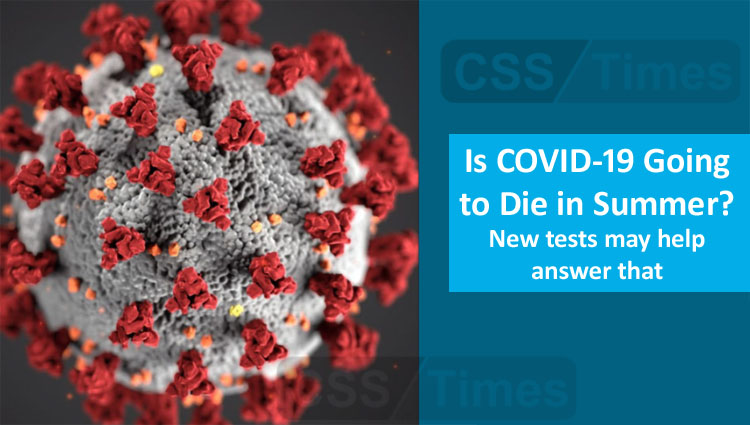Empty, mocked-up shells of the new coronavirus, COVID-19, may assist explain how nicely the virus stands up to warmth, humidity and different environmental modifications.
The studies, just launched by means of physicists at The University of Utah, is designed to help public fitness officials apprehend how the brand new coronavirus will react because the seasons change. One primary question approximately the virus, which reasons a disease referred to as COVID-19, is whether or not summer time will do something to sluggish the spread.
“Coronavirus spreads further to the influenza virus — as small mucus droplets suspended within the air … Viruses lose infectivity because the particles lose structural integrity,” University of Utah physicist Saveez Saffarian said in a statement. “The physics of how the droplets evolve in one-of-a-kind temperature and humidity conditions affect how infectious it is.”
Along with physicist Michael Vershinin, Saffarian has just obtained a nearly $200,000 National Science Foundation (NSF) provide to observe how the virus’s protecting outer shell responds to changes in warmth and humidity. Viruses are not in a position to “do whatever” on their own, as they’re really shells with genetic commands tucked inside; when a deadly disease invades a host’s cells, it makes use of that cell’s machinery to duplicate itself, time and again again.
The studies involves running with dummy versions of the virus’s defensive outer shell. Using the sequenced genome of SARS-CoV-2 (COVID-19), the researchers are constructing synthetic variations of those shells, without a viral genomes inside. This makes the shells uninfectious and safe to work with.
“We’re creating a faithful duplicate of the virus packaging that holds the whole lot together,” Vershinin stated within the statement. “The idea is to parent out what makes this virus fall apart, what makes it tick, what makes it die.”
To control the nano-sized dummy particles, Vershinin’s lab makes use of a tool known as optical tweezers — essentially, centered beams of light. The light’s strength may be directed to move and probe person molecules. Saffarian studies RNA viruses on a broader scale and is an expert in lab techniques which could track character viral particles.
